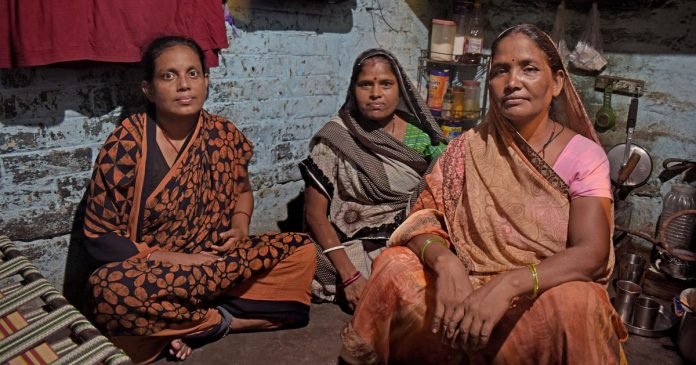Imposition of nationwide lockdown and home quarantine is the only preventive measure to curb the spread of coronavirus during the initial time before any vaccines had come out. Notwithstanding that this measure has given the government as well as the people a piece of solace in terms of making the virus downhill, it has a disruptive impact on society and gender in particular. The social and psychological impact of the home quarantine/ home isolation translates as a sudden hike in gender-based violence and domestic violence within the four walls of the household. The number of cases of domestic violence multiplied within the span of a few months.
The Facets of Gender Discrimination during the Pandemic
The burden of domestic chores heavily increased as the male members stayed at home the whole day and the children also didn’t have schools or colleges. So the mother/ wife has to spend all her time in the kitchen and taking care of the children and the elderly.
Pregnant women had to face many kinds of problems with their regular treatments, delivery process and frequent health checkups due to the spread of the virus. There is an obvious anxiety and fear about whether the baby will get infected by the virus if the mother is tested COVID-19 positive.
In the case of women engaged in various unorganised sectors such as domestic help and women working as construction labourers / daily wage labourers bore the real brunt of the pandemic by losing their livelihood. The house helps were removed from houses as they were considered the potential carriers of the virus. Likewise, most of the women working in informal as well as unorganised sectors were the ones who ran their families financially rather than single-handedly suffering a drastic decline in income or even no livelihood. The pandemic magnified the precariousness of the informal sector with its continuous upturn.
Moreover in other sectors as well the women employees were the first choices to be terminated from jobs. The factor of women being considered as the secondary or additional earners for a family. Most of the women who had to lose their financial stability due to the outbreak of this virus have been reasoned for having the support of their husbands or any other male earning members for a smooth run of family. Hence the safe excuse to terminate some employees where it creates no harm if their job is scrapped.
There was a sudden transition to the teaching and learning methods with the same the children of the downtrodden section were unable to endure. The factors are lack of internet connection, poor network connections and unavailability of smartphones. It is imperative to review the state of inclusive education in Odisha’s remote tribal hinterlands. Lack of multilingual education has numerous repercussions, including significant dropout rates among indigenous students. The impact of the COVID-19 pandemic on the education system in general is grave, in particular, the education of girl children has been affected more adversely. The girl children belonging to the rural, poor and unprivileged sections are the worst affected. Odisha is one of the most economically backward states in the country, and a majority of its population comes below the poverty line. The children the remote villages, and poor families tend to be deprived of the virtual learning process adopted with the outbreak of COVID-19.
For the benefit of the children and women, certain institutions and non-governmental organizations, including UNDP, UNICEF, Kalinga Institute of Social Science (KISS), Sikshasandhan, the women and child department, and ActionAid have expanded their work to develop response mechanisms for educating and coping with the socio-economic condition. The role of the government was also noteworthy in terms of health services and skillfully handling the frenzy. Many different cells were active during the pandemic to be extra alert for the protection of any gender violence, and crimes against women. But the situation then was so precarious that efforts were falling short.



















